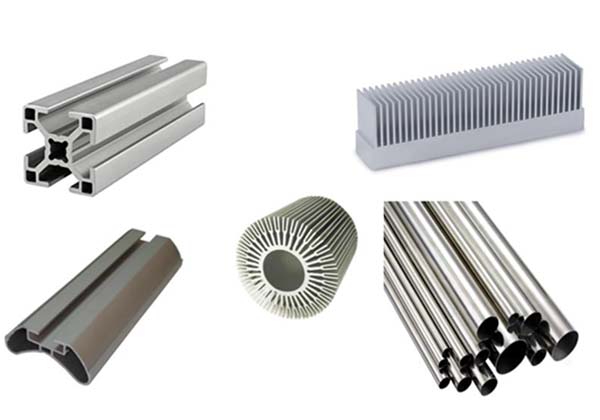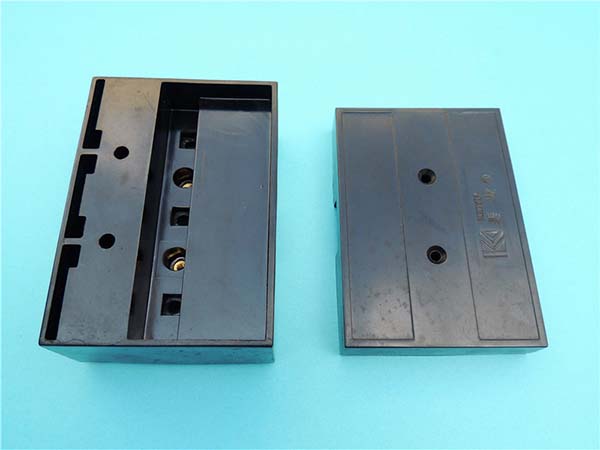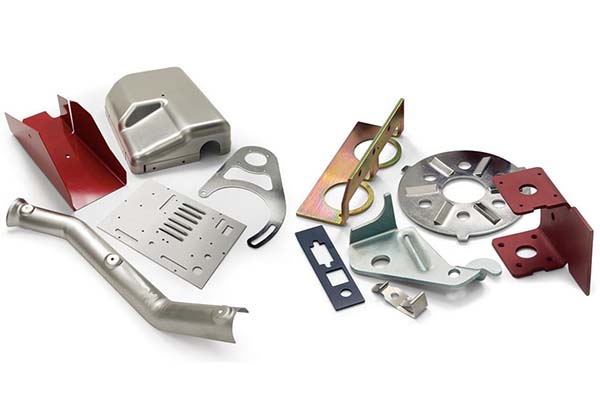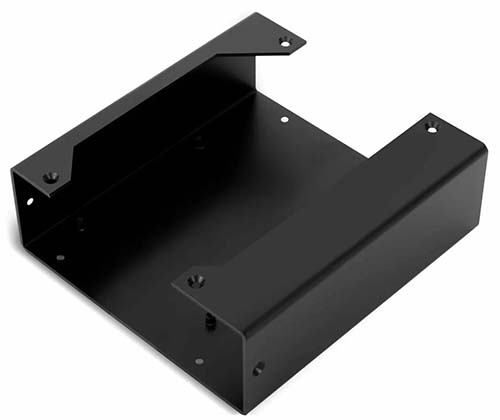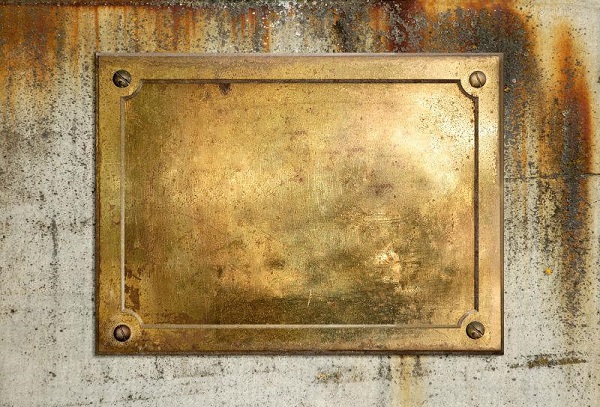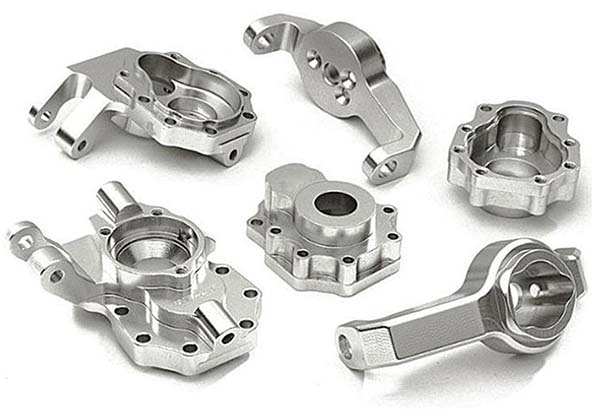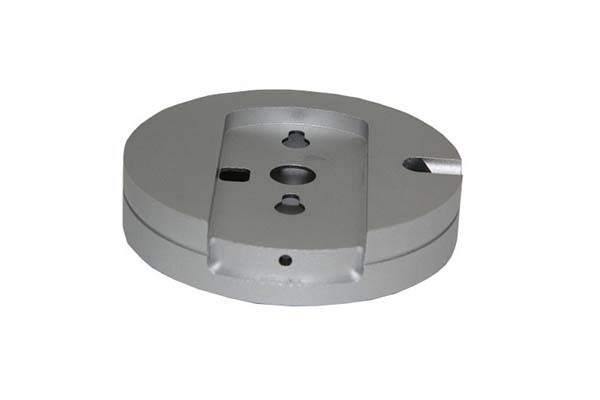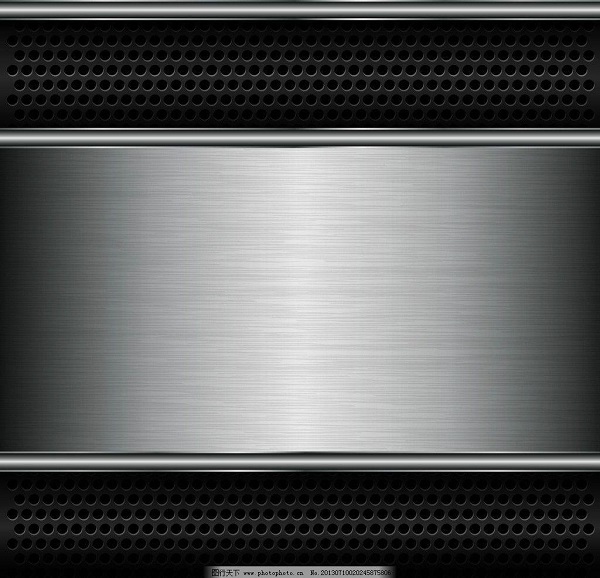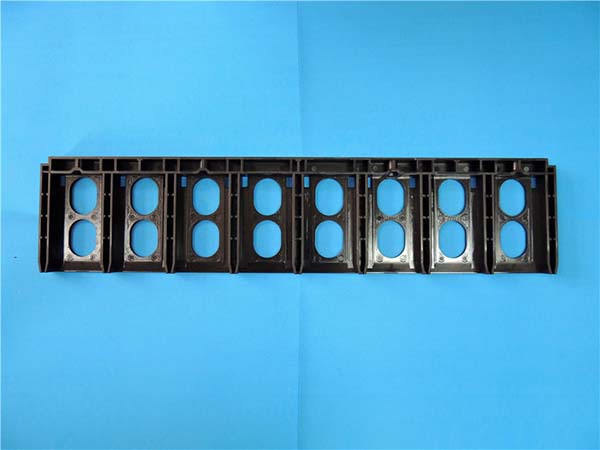Introduction
Sheet metal fabrication serves as a cornerstone in modern manufacturing, playing a pivotal role across a diverse range of industries. Its significance lies in its ability to transform flat sheets of metal into complex, functional components. For instance, in the aerospace industry, sheet metal parts are used to construct aircraft fuselages, wings, and engine components. These parts must meet strict quality and safety standards, as even the slightest flaw can have catastrophic consequences. In the automotive sector, sheet metal is used to create car bodies, doors, and hoods. The precision and durability of these components are crucial for the vehicle's performance and safety.
The construction industry also heavily relies on sheet metal fabrication. Metal sheets are formed into roofing materials, gutters, and ventilation ducts. The corrosion resistance and strength of sheet metal make it an ideal choice for these applications, ensuring the longevity of buildings. In the electronics industry, sheet metal enclosures protect delicate components from environmental factors and electromagnetic interference. These enclosures need to be precisely manufactured to fit the components perfectly.
Given its widespread applications, understanding sheet metal fabrication becomes essential for businesses and professionals aiming to leverage its potential. From the initial design concept to the final product, every step in the sheet metal fabrication process requires careful planning and execution. In the following sections, we will delve deeper into the techniques, materials, and quality control aspects of sheet metal fabrication, providing you with comprehensive insights to make informed decisions for your projects.
Methods of Sheet Metal Fabrication
Cutting
Cutting is the initial and crucial step in sheet metal fabrication, determining the basic shape and size of the workpiece. There are several common cutting methods, each with its own characteristics.
- Laser Cutting: Laser cutting uses a high - power laser beam to heat and melt or vaporize the metal. It has an extremely high cutting precision, often achieving an accuracy of ±0.05mm. This method is suitable for a wide range of materials, including stainless steel, aluminum, and copper. For example, in the electronics industry, laser - cut sheet metal parts are used for precise enclosures. However, laser cutting equipment is relatively expensive, and the running cost is also high due to the consumption of laser - related components.
- Waterjet Cutting: Waterjet cutting works by forcing water through a small nozzle at extremely high pressures, sometimes with the addition of abrasive particles. It can cut complex shapes with great accuracy, usually within ±0.1mm. One of its major advantages is that it can cut heat - sensitive materials without causing thermal damage. For instance, it is ideal for cutting materials like plastic - coated metals or composites. But waterjet cutting is relatively slow compared to some other methods, and the equipment investment is significant.
- Punching: Punching involves using a punch press and a die to cut the metal sheet. It is highly efficient for mass - production of simple shapes, such as circular holes or rectangular parts. For example, in the automotive industry, punching is often used to create large - scale components like car body panels. The cost per unit can be low when producing in large quantities, but the initial investment in dies can be high, and it is not as suitable for very complex shapes.
A comparison of these cutting methods in terms of key aspects is shown in the following table:
| Cutting Method | Precision | Suitable Materials | Cost | Speed |
| Laser Cutting | High (±0.05mm) | Stainless steel, aluminum, copper, etc. | High equipment and running cost | Fast |
| Waterjet Cutting | Moderate (±0.1mm) | Heat - sensitive materials, composites | High equipment investment, slow speed | Slow |
| Punching | Moderate (dependent on die) | General metals | High die - making cost for large - scale production, low unit cost in large quantity | Fast for simple shapes |
Bending
Bending is a process that gives sheet metal its three - dimensional form. The basic principle of bending is to apply force to the sheet metal to cause plastic deformation around a specified axis.
- Common Equipment: Press brakes are the most commonly used equipment for bending. They can accurately control the bending angle and radius. For example, a CNC press brake can achieve high - precision bending by inputting specific parameters.
- Bending Types:
- V - shaped Bending: This is one of the most common bending methods, forming a V - shaped profile. It is suitable for creating simple angular structures, such as the edges of a box - shaped enclosure. The advantage is its simplicity and wide application in various products.
- U - shaped Bending: U - shaped bending creates a U - shaped cross - section. It is often used in applications where a more enclosed or channel - like structure is needed, such as in the manufacturing of metal trays.
- Factors Affecting Bending Precision: Material thickness and bending radius are two key factors. Thicker materials require more force to bend and are more likely to cause spring - back, which is the tendency of the material to partially return to its original shape after bending. A smaller bending radius also increases the risk of cracking or uneven deformation. For example, when bending a 3mm - thick steel sheet, special considerations need to be given to the bending process to ensure the desired precision.
Welding
Welding plays a vital role in sheet metal fabrication, joining multiple sheet metal parts together to form a complete structure.
- Arc Welding: Arc welding uses an electric arc to generate heat, melting the metal at the joint. Metal Inert Gas (MIG) welding and Tungsten Inert Gas (TIG) welding are two common arc - welding methods. MIG welding is relatively fast and suitable for joining thick sheets of steel, aluminum, and other metals. TIG welding, on the other hand, offers higher precision and better - quality welds, often used in applications where aesthetics and high - strength joints are required, such as in the aerospace industry for joining thin - walled components.
- Resistance Welding: Resistance welding passes an electric current through the metal parts to be joined. The resistance of the metal to the current generates heat, melting the contact area and creating a weld. Spot welding is a common form of resistance welding, widely used in the automotive industry for joining car body panels. It is fast and efficient for creating multiple small - scale joints.
- Welding Quality Control: Setting the correct welding parameters, such as current, voltage, and welding speed, is crucial. For example, in MIG welding, improper current settings can lead to insufficient penetration or excessive spatter. After welding, non - destructive testing methods like visual inspection, ultrasonic testing, and X - ray inspection are often used to detect weld defects such as cracks, porosity, and lack of fusion.
Materials for Sheet Metal Fabrication
Stainless Steel
Stainless steel is a popular choice in sheet metal fabrication due to its unique properties. It contains a minimum of 10.5% chromium, which forms a thin, invisible oxide layer on the surface, providing excellent corrosion resistance. This makes it suitable for applications in harsh environments. For example, in the food processing industry, stainless - steel sheet metal is used to make food containers, processing equipment, and conveyor belts. Its corrosion - resistant property ensures that no harmful substances leach into the food, maintaining food safety. In the medical device field, stainless - steel sheets are fabricated into surgical instruments, implants, and hospital furniture. The high strength and corrosion resistance of stainless steel are crucial for long - term use in a sterile and often moisture - rich environment. In architectural decoration, stainless - steel sheets are used for facades, handrails, and decorative elements, adding a modern and elegant look while being durable against weathering.
There are different types of stainless steel, with 304 and 316 being two of the most common. 304 stainless steel contains about 18% chromium and 8% nickel. It offers good general - purpose corrosion resistance and is relatively cost - effective. It is widely used in kitchen appliances, like stainless - steel sinks and cookware, as well as in general - purpose industrial applications. 316 stainless steel, on the other hand, contains an additional 2 - 3% molybdenum. This makes it more resistant to chloride - induced corrosion, such as in marine and chemical processing environments. For instance, in offshore oil platforms, 316 stainless - steel sheet metal is used for pipelines and structural components. However, due to the higher alloy content, 316 stainless steel is more expensive than 304. The price difference can range from 10 - 30% depending on market conditions, which is an important factor to consider when choosing materials for a project.
Aluminum
Aluminum has several advantages that make it a preferred material in many sheet metal fabrication applications. One of its most notable features is its low density, which is about one - third that of steel. This makes aluminum - fabricated parts much lighter, which is crucial in applications where weight reduction is a priority, such as in the aerospace industry. In aircraft manufacturing, aluminum sheet metal is used for fuselage skins, wings, and interior components. Its light weight helps to reduce fuel consumption and increase the aircraft's payload capacity.
Aluminum also has excellent electrical and thermal conductivity. In the electronics industry, aluminum sheets are used to make heat sinks, which dissipate heat generated by electronic components, ensuring their proper operation. For example, in computers and smartphones, aluminum heat sinks are commonly employed. Additionally, aluminum is highly malleable and easy to machine, allowing for the creation of complex shapes in sheet metal fabrication.
There are various aluminum alloy materials available, each with its own set of properties. The 6061 alloy, for example, contains magnesium and silicon. It has good strength, corrosion resistance, and is heat - treatable. It is widely used in the automotive industry for parts like engine blocks, wheels, and body panels. The 7075 alloy, which contains zinc, copper, and magnesium, is one of the strongest aluminum alloys. It is often used in aerospace applications where high strength - to - weight ratio is required, such as in aircraft structural components.
Mild Steel
Mild steel, also known as low - carbon steel, is a commonly used material in sheet metal fabrication. It has a carbon content ranging from 0.05% to 0.25%. One of its main advantages is its low cost, making it an attractive option for large - scale production and applications where cost - effectiveness is a key factor.
Mild steel offers moderate strength, which is sufficient for many general - purpose applications. In general mechanical manufacturing, it is used to make machine frames, brackets, and components for various machinery. In the construction industry, mild - steel sheet metal is used for structural components like roof trusses, wall studs, and floor joists. It is also widely used in the production of everyday items such as furniture frames, storage containers, and metal fixtures.
However, mild steel has a drawback in that it is prone to rusting when exposed to moisture and oxygen in the air. To address this issue, various rust - prevention measures can be taken. One common method is painting, where a layer of paint is applied to the surface of the mild - steel sheet metal to act as a barrier against moisture and oxygen. Galvanizing is another effective method. In galvanizing, a layer of zinc is coated onto the steel surface. The zinc layer corrodes preferentially, protecting the underlying steel. For example, galvanized mild - steel sheets are often used for outdoor roofing and fencing, providing long - term protection against rust and extending the lifespan of the products.
Factors Affecting Sheet Metal Fabrication Quality
Equipment Precision
Advanced equipment is the cornerstone of achieving high - precision sheet metal fabrication. High - precision devices like CNC laser cutters and CNC press brakes play a crucial role.
CNC laser cutters can achieve an extremely high level of precision. For example, some high - end models can cut with an accuracy of up to ±0.01mm. This high precision ensures that the cut edges are smooth and the dimensions of the cut parts are highly accurate. Such precision is essential for producing parts with tight tolerances, especially in industries like electronics and aerospace. In the production of electronic components' enclosures, the precise cutting provided by laser cutters allows for a perfect fit of internal components, ensuring the normal operation of the electronics.
CNC press brakes also contribute significantly to the precision of bending operations. They can accurately control the bending angle and radius, with an angular accuracy often reaching ±0.1°. Different brands of equipment vary in performance and price. For instance, well - known European brands such as Trumpf offer top - notch performance in terms of precision, speed, and reliability. However, their equipment comes with a relatively high price tag, usually ranging from \(100,000 to \)500,000 depending on the model and specifications. In contrast, some domestic brands in Asia provide more cost - effective options. Their equipment may have a slightly lower precision, with an accuracy of around ±0.05mm for laser cutters and ±0.2° for press brakes, but the price can be 30% - 50% lower than European counterparts, making them suitable for small - to medium - sized enterprises with less stringent precision requirements and budget constraints.
Operator Skills
The skill level of operators has a direct impact on the quality of sheet metal fabrication. Operators should possess a set of essential skills. First and foremost, they must be able to read and understand engineering drawings accurately. A single misinterpretation of the drawing can lead to significant errors in the fabricated parts. For example, misreading the dimensions or tolerances specified on the drawing can result in parts that do not fit together during assembly.
Proficiency in operating equipment is another key skill. Operators need to be familiar with the functions and operations of various machines, such as laser cutters, punch presses, and press brakes. They should be able to adjust the equipment parameters according to different materials and processing requirements. For instance, when operating a laser cutter, an experienced operator can adjust the laser power, cutting speed, and focus position based on the thickness and type of the metal sheet to achieve the best cutting quality.
Moreover, operators should have the ability to solve problems that arise during the processing. In case of equipment malfunctions or unexpected processing issues like material deformation, they need to be able to quickly identify the root cause and take appropriate measures. This requires not only technical knowledge but also practical experience. Regular training programs are essential to improve operator skills. Training can cover new equipment operation, updated processing techniques, and quality control knowledge. Additionally, on - the - job experience accumulation over time helps operators become more proficient and confident in handling various situations, ultimately improving the overall quality of sheet metal fabrication.
Yigu Technology's Perspective
As a non - standard plastic metal products custom supplier, Yigu Technology takes great pride in its expertise in sheet metal fabrication. We are equipped with advanced production equipment, such as high - precision laser cutters and CNC press brakes. Our state - of - the - art laser cutters can achieve an accuracy of up to ±0.03mm, ensuring that the cut parts meet the strictest dimensional requirements.
Our team consists of experienced technicians with an average of over 8 years of experience in the field. They are proficient in handling various sheet metal fabrication tasks, from complex cutting to precise bending and welding. We have a rigorous quality control system in place, conducting multiple inspections at every stage of production, from raw material inspection to the final product quality check.
We offer customized services and solutions to meet the unique needs of our customers. From the initial product design to the final production, we provide one - stop services. Our team can work closely with customers to optimize the design for better manufacturability. For example, we can suggest design changes to reduce material waste and production costs while maintaining product functionality. We also respond promptly to customer demands, with a commitment to providing quotations within 24 hours and quickening the production lead - time to meet urgent project schedules.
